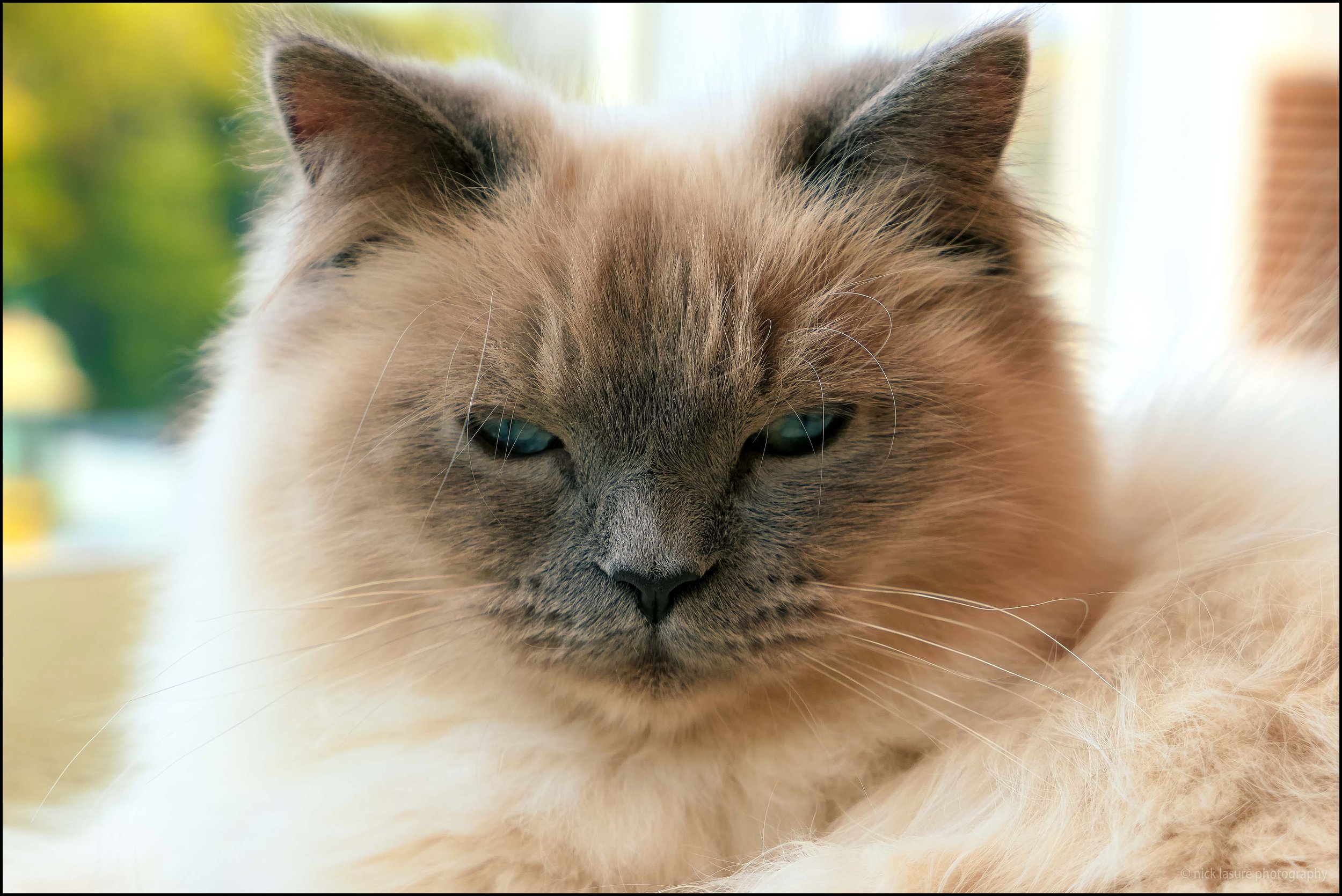A city over more than 21 million people full of mystery, intrigue, the ultra rich, the ultra poor and surprisingly fine coffee & beer. I’ve been fortunate to be flying here a lot lately with some long layovers to explore and begin to get to know the city. While my company puts us up in a very nice hotel in expat central a stones throw from Tiananmen Square, I’ve tried to venture from the worn path and get to know Beijing properly. Branching out on the subway lines one at a time has proved rewarding. It’s slow going but I’m learning to listen to the rhythm of the city and embrace its offerings.
Exploring the Forbidden City at sunrise | Fuji X100T
If I had any preconceived notions of the city they are long gone. The people are friendly, the beer is tasty, the coffee is proper and the place is downright photogenic. I’ve had to work at finding the local places, finding the small moments of peace & zen, coming out of my amateur street photographer shell and get used to the ‘big brother’ is watching you mentality but embracing it all is wonderful. Beijing offers everything a modern metropolis does and doesn’t. The smells (pleasant & not), the sights (same), the dynastic history and the people make for a photo rich environment.
Everyone is watching in Beijing | Fuji X100T
I’ve found my everyday walk around camera (Fuji X100T) to be a perfect fit for blending in on the streets and making friends with its minimal intrusiveness. Though even its minimalist form has attracted the ire of security personnel a time or two already, a friendly smile and shrug of ‘sorry’ seems to accommodate them well enough. Certainly a different environment than taking photos in western countries though not insurmountable by any means. Just be sure to ask before taking photos any military/police or for that matter any seemingly sensitive locations.
It’s a jungle out there | Fuji X100T
The Forbidden City theatre with a bit of smog from Jingshan Park | Fuji X100T
Land of the Selfie, not sure Mao would approve | Fuji X100T
Getting lost on the side & back streets offer a relaxed version of Beijing | Fuji X100T
Approaching people in Beijing has proved fun & challenging | Fuji X100T
Checking out the offerings on the busy ‘Ghost Street’ | Fuji X100T
I’ll keep exploring and finding what Bejing has to offer. Stay tuned for more stories & photos from here and around Asia as I dig in deeper & work on my street photographer mojo.




